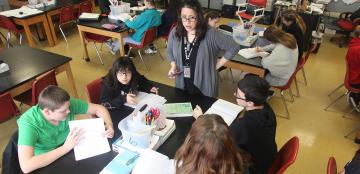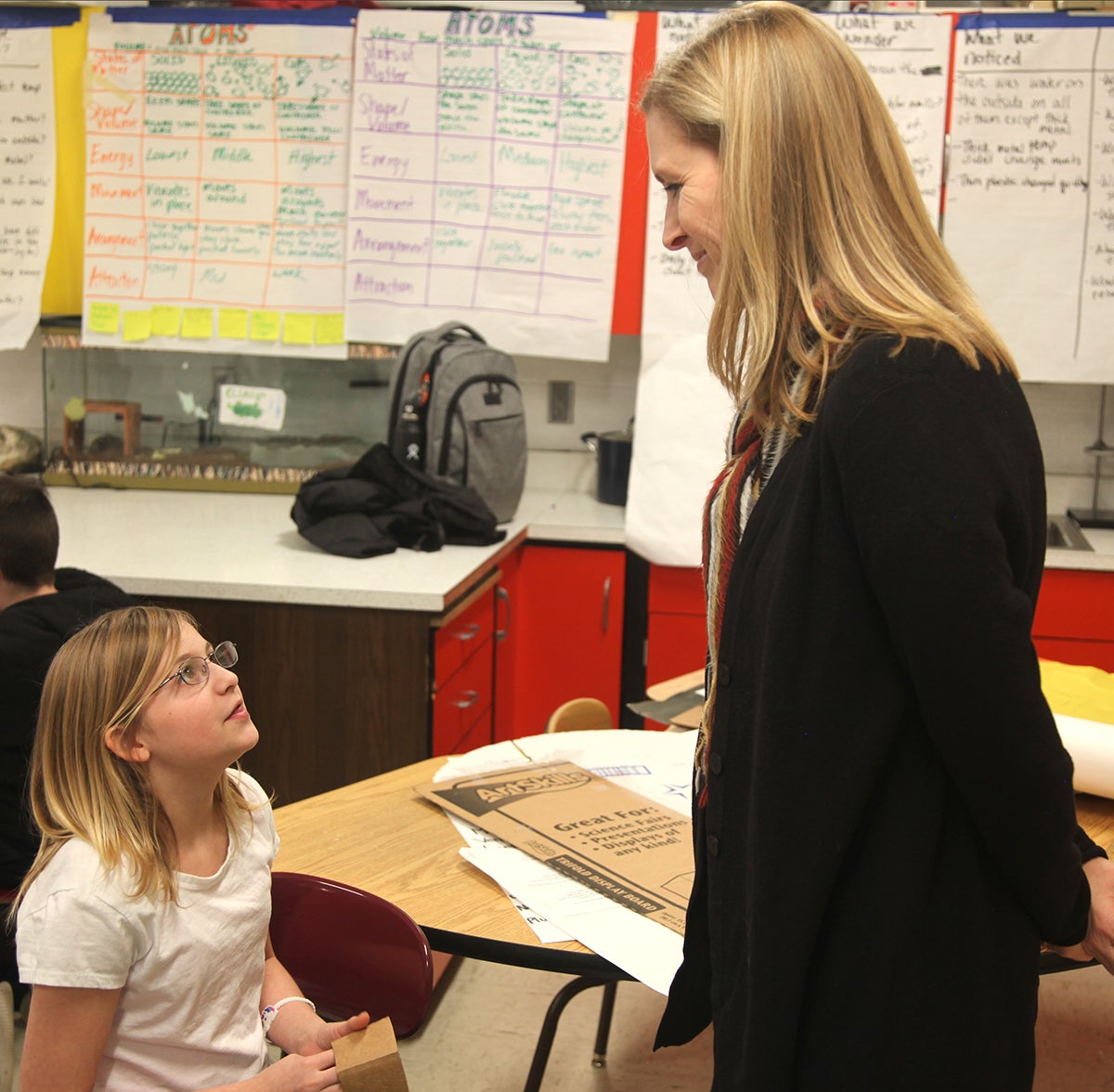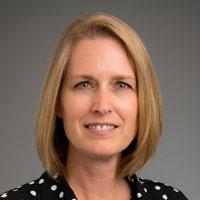
3D Learning for 3D Futures
By now, most K–12 science educators are familiar with the phrase “3D learning.” But do we actually know what it means for our students and our classrooms?
In A Framework for K–12 Science Education, researchers present important guidance, grounded in inquiry and discursive practices, on reshaping science classrooms so that students see science as a way of knowing and thinking.
In short, teaching content is not enough. To achieve meaningful learning, students must experience content through engagement in the practices of scientists and use of crosscutting concepts to unify science ideas across disciplines.
So, 3D learning refers to the integration of three things: Disciplinary Core Ideas, Science and Engineering Practices, and Crosscutting Concepts. Easy enough, right?

Not so fast. In many classrooms across the nation, students are doing hands-on labs and teachers are explaining important science content. Yet, despite a lot of hard work and effort by students and teachers, persistent opportunity and achievement gaps remain.
This raises questions about how the science educators are translating their understanding of 3D instruction into classroom practice. Most teachers understand the importance of integrating content, practices, and crosscutting concepts. So what’s missing?
Creating Classrooms That Ready Students for the Future
The traditional view of a well-managed science classroom is of neat rows of quiet students attentive to a content-rich lecture. That describes my science education experiences (and that of most adults in the education system).
But classrooms need to shift who is driving knowledge creation and whose ideas are valued and privileged—moving from teachers to students. This fundamental power shift is the most difficult obstacle to overcome in creating classrooms that ready students for their future.
The changes in science classrooms that reflect the intent of 3D learning are complex and often unfamiliar to administrators, teachers, and students. Science classrooms have traditionally positioned teachers as the knowers and drivers of learning. Students have been conditioned to look to their teachers to tell them what they should know and what they should do.
In a 3D science classroom, a skilled teacher guides students to construct their own knowledge through investigation, data analysis, and explanation building. Students are no longer passive receptors but are actively motivating learning for themselves and others through questions and discussions with their peers. Teachers leverage the social and cultural context in classrooms to elevate students’ ideas and experiences, and to foster a sense of belonging and agency among all students.
3D classrooms are places where students are excited, persistent, reflective, and empowered to take responsibility for their own learning.
This kind of learning not only leads to improved scientific literacy for students, but it also develops skills needed for life after school. When students engage in the Science and Engineering Practices, they build the problem-solving, analytical, communication, and interpersonal skills that are important for postsecondary success. They also develop a sense of themselves as part of the scientific community, capable of pursuing careers in science.
The 21st century will bring occupations in developing fields—many related to science—that many of us cannot imagine. We need to get our students ready!
About the Author
Shelly LeDoux
My high school chemistry teacher laughed when I told him I wanted to major in math or science in college. He told me those were career paths for boys. I’m glad I didn’t listen to him and proud that I went on to teach AP Chemistry and author a book of chemistry activities. There is no mission more important than nurturing the intellect and aspirations of children.
Get in Touch
We collaborate with states, districts, and teachers to develop innovative curricula, resources, and professional development.

